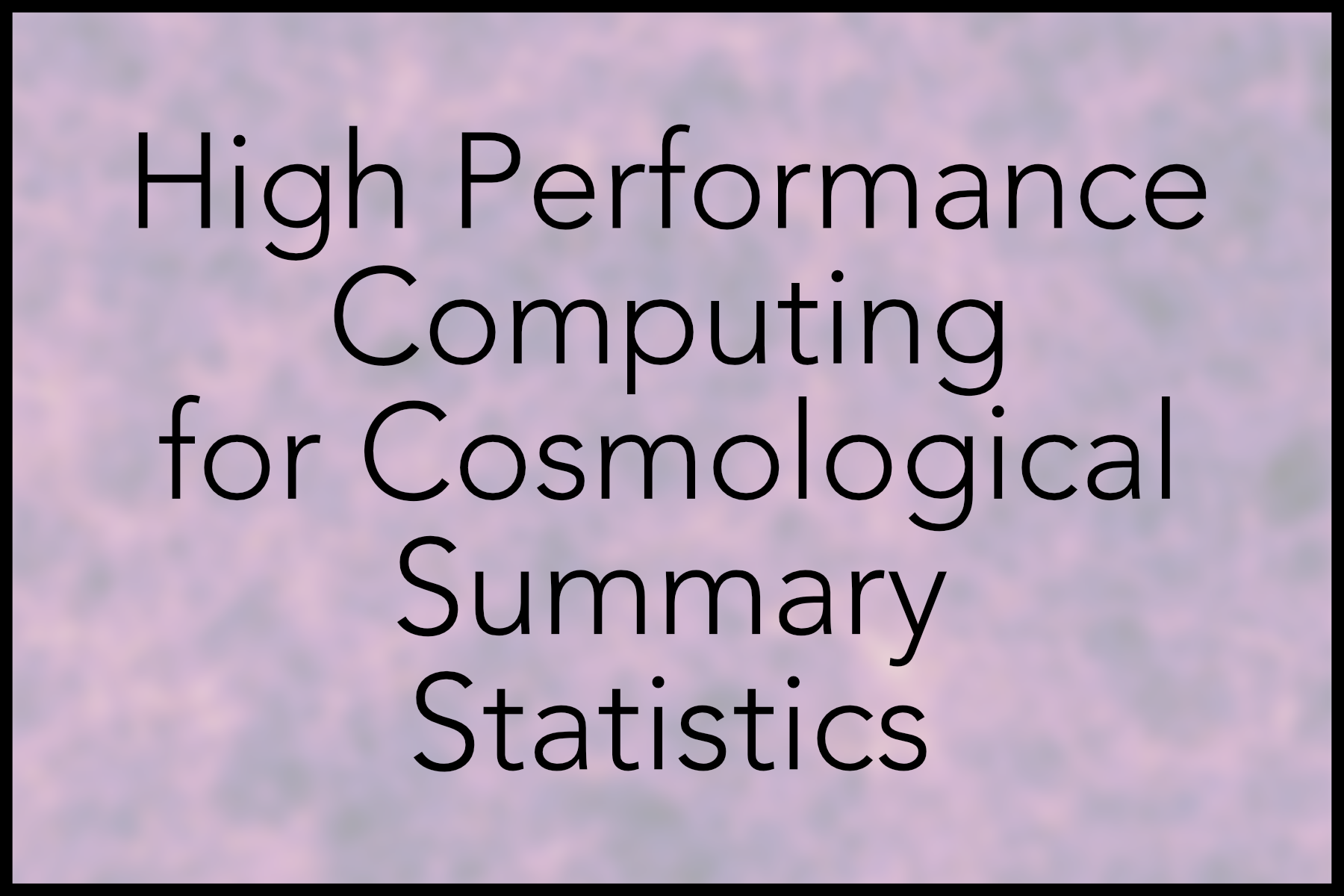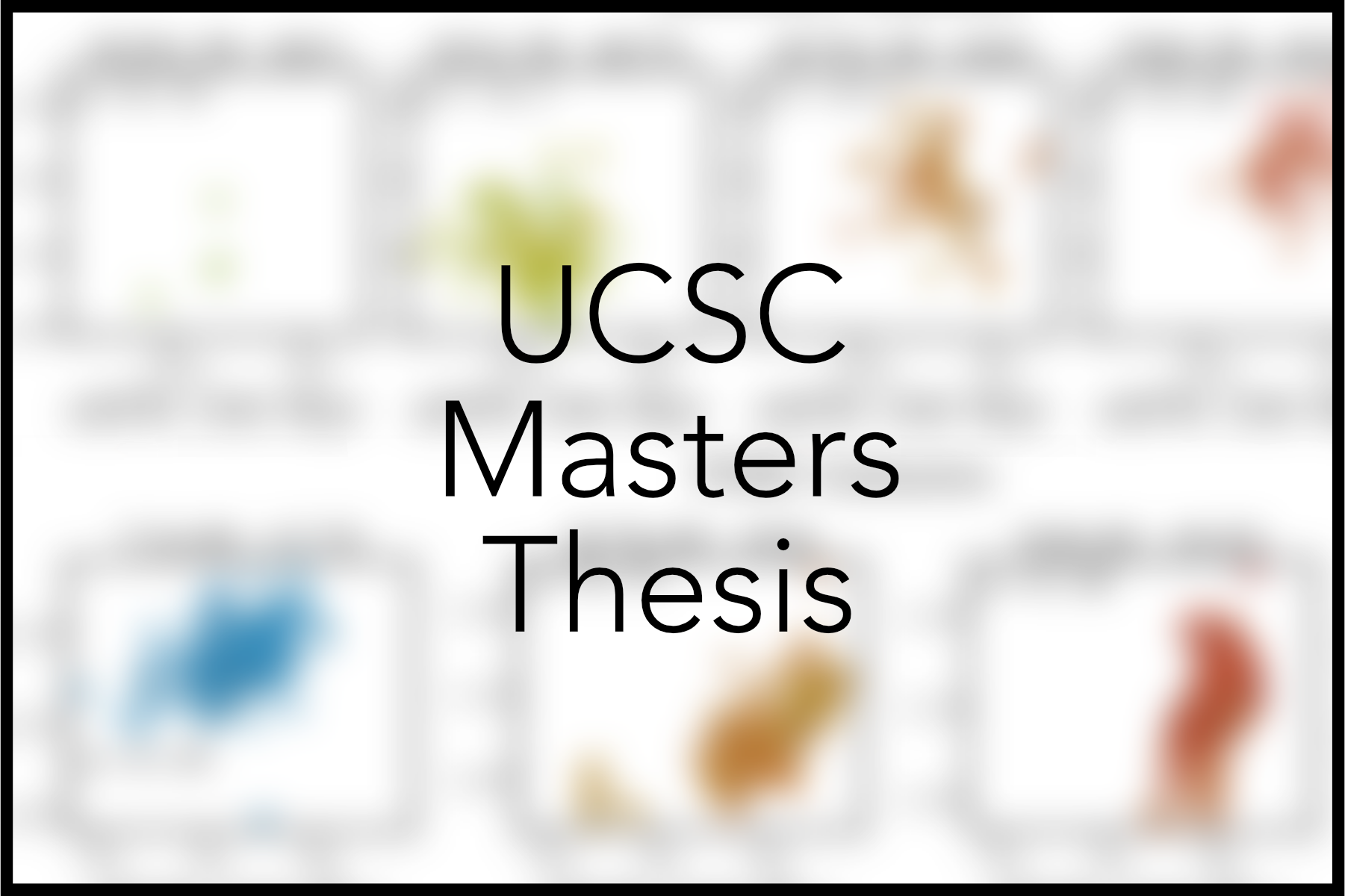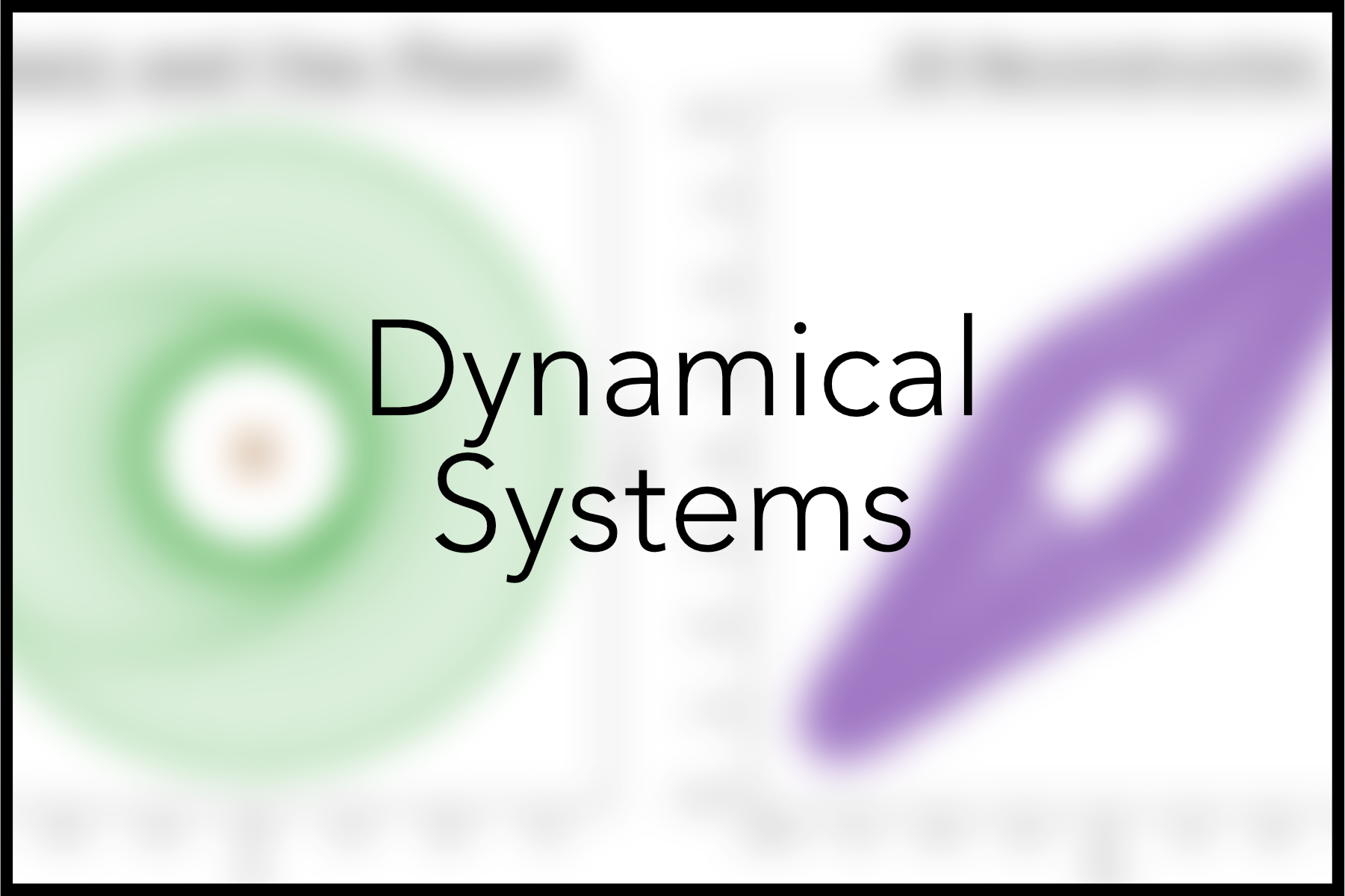
HPC for Cosmological Summary Statistics
At Argonne National Lab, I developed and optimized GPU code to compute cosmological summary statistics with supercomputers.

At Argonne National Lab, I developed and optimized GPU code to compute cosmological summary statistics with supercomputers.

For my masters thesis at UCSC, I analyzed the predictions of galaxy simulation codes.

As an intern at the Southern California Earthquake Center, I improved the runtime of an earthquake simulation.

For a graduate class, I wrote Python notebooks simulating dynamical systems and outlining phase space reconstruction.
My computing experience ranges from analyzing simulations to
optimizing CPU and GPU programs for scientific computing. Most
recently, I spent a year working in the Cosmological Physics
and Advanced Computing department at Argonne National Lab, under
the supervision of Dr. Matthew Becker. At Argonne, I developed
and optimized GPU code for the computation of cosmological summary
statistics, and worked on tools for the optimization and Monte
Carlo sampling of a fully differentiable model. My code ran and
scaled effectively on the lab's Polaris (petascale) and
Aurora (exascale) supercomputers.
Prior to working at Argonne, I completed my masters in Scientific
Computing and Applied Mathematics at UC Santa Cruz (UCSC) in
the summer of 2023. I am wrote my thesis analyzing the
predictions of different hydrodynamical simulation codes,
and comparing those predictions to spectroscopic data from the
Keck telescope. In my thesis, I addressed both the astrophysical
implications of the comparison, and how the simulation backends
played a role in the predictions of a given code.
As an undergraduate at UCSC, I studied physics and computer
science graduating in 2022. As an undergraduate, I worked on
some data aspects of the Merian survey with Professor Leauthaud,
and observed remotely on the Keck and Blanco telescopes. I also
spent several months as an intern at the Southern California Earthquake
Center, where I interfaced Matlab and C++ to improve the runtime
of an earthquake simulation using hierarchical matrices.
I first became involved in applied math and computational physics
through an interest in software development, and I still enjoy
working on small personal projects. When I'm not busy applying
the math or furiously typing, I also enjoy the outside world.
I am a fan of both watching and playing soccer, riding bikes,
and I recently learned how to sew. I would hesitate to call myself
a photographer, but I'll bring a camera with me when I know I'll
be somewhere photogenic; below are a few of my favorite photos.